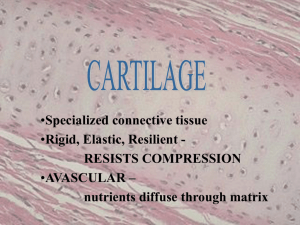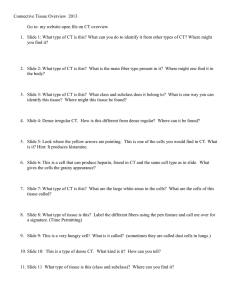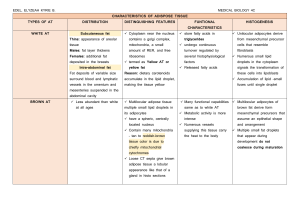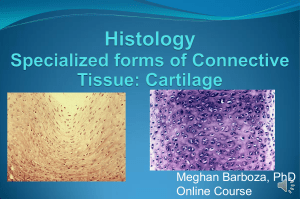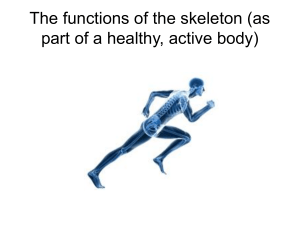MARINE BIOPOLYMER FOR TISSUE REPAIR: ENGINEERING CARTILAGE ON JELLYFISH COLLAGEN MATRICES
advertisement
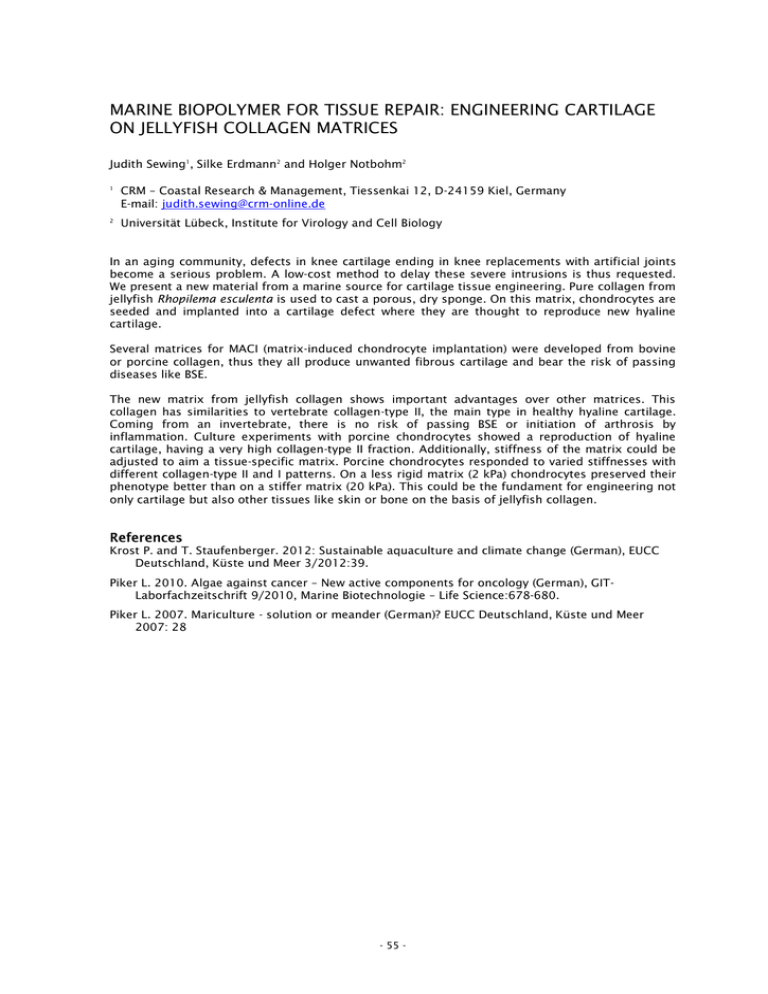
MARINE BIOPOLYMER FOR TISSUE REPAIR: ENGINEERING CARTILAGE ON JELLYFISH COLLAGEN MATRICES Judith Sewing1, Silke Erdmann2 and Holger Notbohm2 1 CRM – Coastal Research & Management, Tiessenkai 12, D-24159 Kiel, Germany E-mail: judith.sewing@crm-online.de 2 Universität Lübeck, Institute for Virology and Cell Biology In an aging community, defects in knee cartilage ending in knee replacements with artificial joints become a serious problem. A low-cost method to delay these severe intrusions is thus requested. We present a new material from a marine source for cartilage tissue engineering. Pure collagen from jellyfish Rhopilema esculenta is used to cast a porous, dry sponge. On this matrix, chondrocytes are seeded and implanted into a cartilage defect where they are thought to reproduce new hyaline cartilage. Several matrices for MACI (matrix-induced chondrocyte implantation) were developed from bovine or porcine collagen, thus they all produce unwanted fibrous cartilage and bear the risk of passing diseases like BSE. The new matrix from jellyfish collagen shows important advantages over other matrices. This collagen has similarities to vertebrate collagen-type II, the main type in healthy hyaline cartilage. Coming from an invertebrate, there is no risk of passing BSE or initiation of arthrosis by inflammation. Culture experiments with porcine chondrocytes showed a reproduction of hyaline cartilage, having a very high collagen-type II fraction. Additionally, stiffness of the matrix could be adjusted to aim a tissue-specific matrix. Porcine chondrocytes responded to varied stiffnesses with different collagen-type II and I patterns. On a less rigid matrix (2 kPa) chondrocytes preserved their phenotype better than on a stiffer matrix (20 kPa). This could be the fundament for engineering not only cartilage but also other tissues like skin or bone on the basis of jellyfish collagen. Krost P. and T. Staufenberger. 2012: Sustainable aquaculture and climate change (German), EUCC Deutschland, Küste und Meer 3/2012:39. Piker L. 2010. Algae against cancer – New active components for oncology (German), GITLaborfachzeitschrift 9/2010, Marine Biotechnologie – Life Science:678-680. Piker L. 2007. Mariculture - solution or meander (German)? EUCC Deutschland, Küste und Meer 2007: 28 - 55 -

